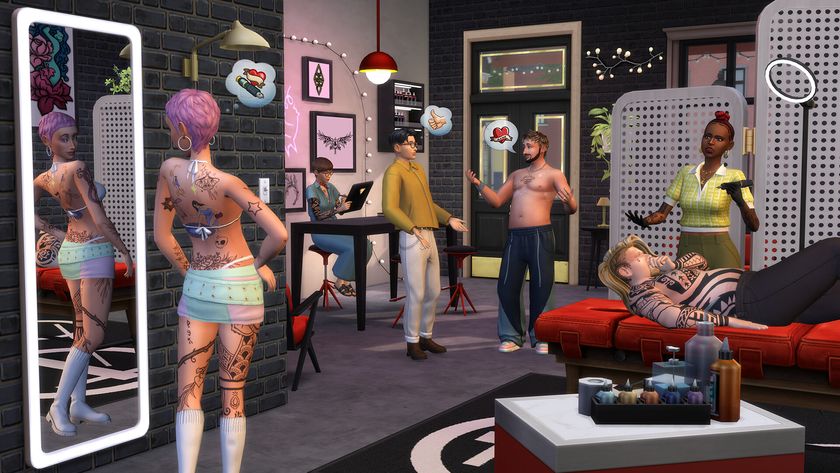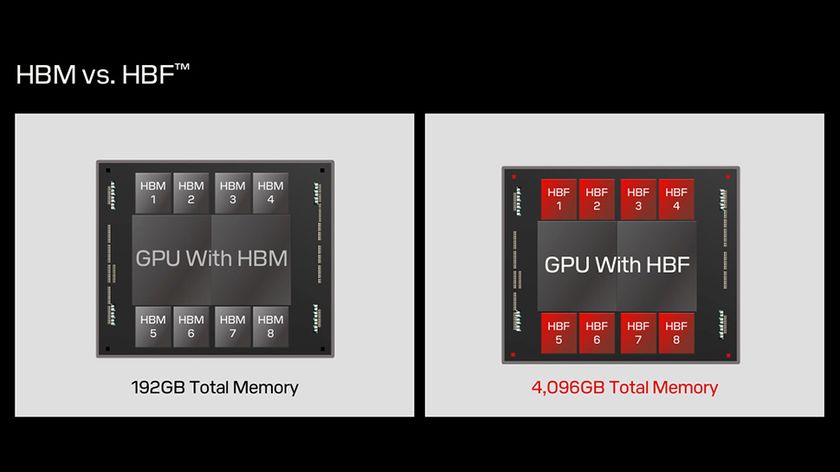Assassin's Creed Valhalla at 8K proves too much for the Nvidia RTX 3090
It's not even close
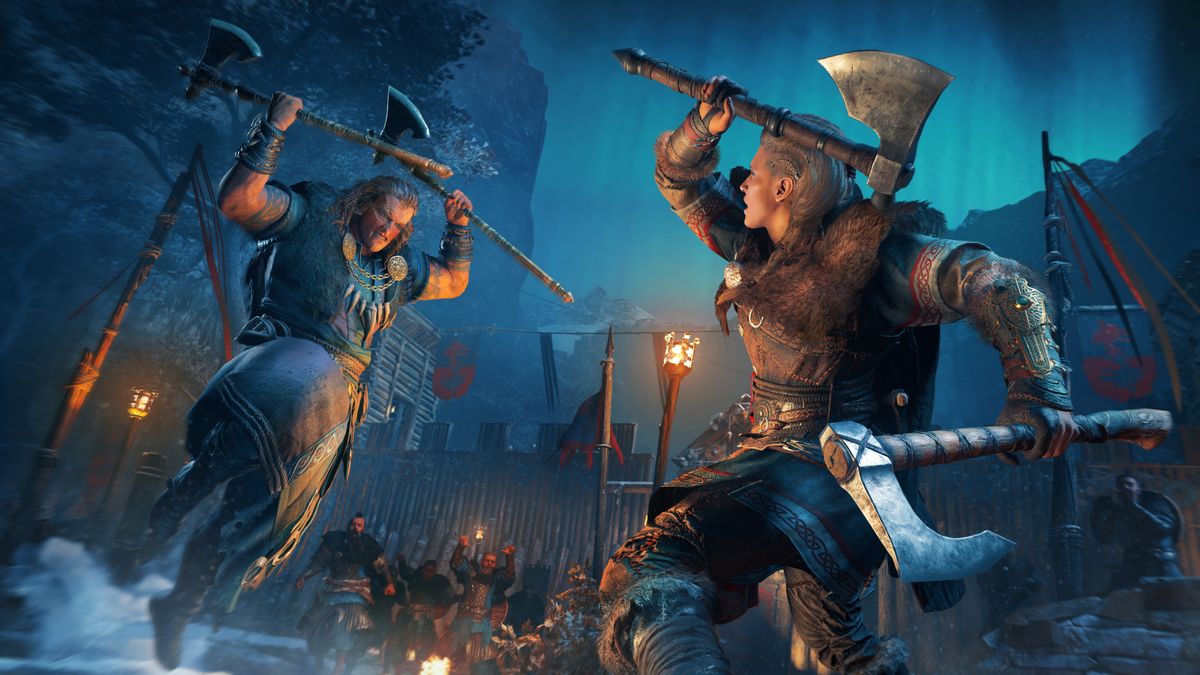
PC built by Chillblast
Motherboard: Asus ROG STRIX Z390-E GAMING
CPU Cooler: Noctua NH-U14S
Case fans: Noctua NF-A14 PWM Chromax 140mm
Processor: Intel Core i9-9900K, 8 Cores / 16 Threads
GPU: Nvidia GeForce RTX 3090
Storage: 500GB Samsung 970 EVO Plus M.2 PCIe
Secondary Storage: 2TB Samsung 860 QVO
Power: Corsair RM850x 80 PLUS Gold 850W PSU
Case: Fractal Design Vector RS Tempered Glass
RAM: G.Skill Trident Z RGB 32GB DDR4 3200MHz
Monitor: Dell UltraSharp UP3218K
Assassin's Creed Valhalla is Ubisoft's latest entry in its long-running series, and in many ways it is its most ambitious, being the first entry to run on the PS5 and Xbox Series X.
So, understandably, we were keen to give the PC version a try on our 8K test rig, which is now powered by the mighty Nvidia RTX 3090. This flagship GPU from Nvidia costs $1,499 / £1,399 (around AU$2,030), and the company promises that this is the GPU to finally make 8K gaming a reality.
We've already tested the RTX 3090's 8K capabilities with Watch Dogs: Legion, another recent release from Ubisoft, and we were left a bit underwhelmed. It was just about possible to play the game in 8K and at acceptable frame rates, but it meant making some big compromises when it came to image quality.
Does Assassin's Creed Valhalla fare better at 8K? Unfortunately, the answer is an emphatic 'no'.
Assassin's Creed Valhalla 8K performance
Yep, sadly Assassin's Creed Valhalla proves to be far too demanding at 8K, even for the mighty Nvidia RTX 3090.
We started off, as we usually do, by whacking the settings to their highest ('Ultra high') at 8K (7,680 x 4,320) and the results were pretty brutal – 24 frames per second (FPS) was all that could be managed.
In some ways, this is still impressive. This is a brand-new open world game, and with the 'Ultra high' settings turned on, the graphical fidelity of the game world is very admirable, and way above what you'd get with the PS5 and Xbox Series X.
Get daily insight, inspiration and deals in your inbox
Sign up for breaking news, reviews, opinion, top tech deals, and more.
The fact that it even managed 24fps without melting is a testament to the RTX 3090, but that's below the 30fps we'd consider to be playable, and well away from the 60fps at 8K goal we aim for.
With all these settings on their highest levels, its unsurprising that the GPU struggled, so before we changed too many things, we turned down anti-aliasing from 'High' to 'Medium'. Anti-aliasing is a graphical setting that smooths out jagged edges in digital images, and can make games look much better.
However, it is a demanding setting, and many people argue that at high resolutions such as 4K – and especially 8K – it's not needed as much. We turned it down to 'medium', while keeping everything at its highest setting, and we did see a boost in performance, with the game hitting 27fps on average. Better, but still not what we'd consider a good performance.
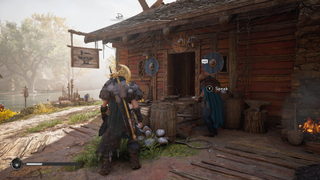
So, we lowered the settings to 'Very high'. At 8K, this gave us an average of 26fps, a slight improvement, and with anti-aliasing set to 'medium' this went up to 29fps.
Meanwhile, 'High' settings got 27fps on average, and dropping anti-aliasing down to 'medium' gets us beyond the 30fps baseline for a playable game at 8K.
Having all settings on 'Medium' got us an average of 33fps at 8K, with it peaking at 47fps.
Finally, dropping the settings to 'Low' gave us an even better average of 42fps. However, with these settings the game looks terrible. You'd think a PlayStation 2 was running it, not a $1,500 GPU.
So, yes technically the RTX 3090 can play Assassin's Creed Valhalla at 8K, if you consider 30fps to be the minimum playable frame rate.
However, people running a gaming PC with an RTX 3090 won't be happy about performance that hovers around 30fps on a mix of 'high' and 'medium' settings. After all, PS5 and Xbox Series X owners are running it at 60fps at the equivalent of 'high' settings - at a dynamic resolution that occasionally hits 4K.
So, what is the RTX 3090 capable of with Assassin's Creed Valhalla?

Destroying the consoles
While playing at 8K is pretty much a no-go, we wanted to see how it performs at 4K, which is a far more realistic resolution for many people.
Before we set the resolution to 4K, however, we lowered the resolution scale to 50%. This essentially lowers the resolution to 4K, while menus, stats and the graphical interface of the game remain at 8K.
This instantly made a huge difference, with the average frames per second jumping to 57fps, with a max of 145fps while using the 'Ultra high' settings. Putting the anti-aliasing down to 'medium' got us that magical 60fps.
To be clear, this is not 8K. However, at 4K resolution and at a graphical setting far higher than the next gen consoles can manage, you get the Assassin's Creed Valhalla experience on PC with the RTX 3090 that blows Sony's and Microsoft's machines out of the water.
Great news for PC gamers, but if you were hoping for an 8K tour-de-force, that still seems like a long way off.
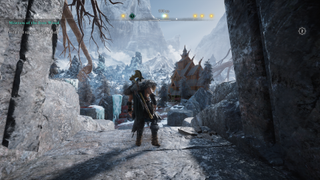
Ray tracing and DLSS: where art thou?
One thing we should note is that two of the settings that made the biggest difference with Watch Dogs: Legion when we tested its 8K performance aren't included in Assassin's Creed Valhalla; ray tracing and DLSS.
Ray tracing is a graphical effect that brings more realistic lighting and reflections to games, but at a big cost to performance. As we found with Watch Dogs: Legion, turning on ray tracing to even its lowest settings made a big impact on the game's performance at 8K.
Meanwhile, DLSS (Deep Learning Super Sampling), utilizes the power of the GPU to intelligently upscale games to a higher resolution using AI and machine learning, improving performance at ultra high resolutions without too much impact on graphical fidelity. Using DLSS in Watch Dogs: Legion made a positive impact on the performance of the game at 8K (and 4K), so it's a shame it's not included here.
Part of the reason for this may be because while Ubisoft partnered with Nvidia for Watch Dogs: Legion, it teamed up with AMD for Assassin's Creed Valhalla.
At the moment, only Nvidia GPUs offer ray tracing support (but that will change with the imminent release of AMD's Radeon RX 6800 XT, Radeon RX 6800 and Radeon RX 6900 XT GPUs). Also, DLSS is an Nvidia creation, so is exclusive to its GPUs, though AMD is working on a similar feature for its graphics cards.
Still, if you're lucky enough to have an RTX 3090, then playing Assassin's Creed Valhalla at 4K will still remain a graphical treat. Just don't get your hopes up about 8K.
- These are the best GPUs of 2020

Matt is TechRadar's Managing Editor for Core Tech, looking after computing and mobile technology. Having written for a number of publications such as PC Plus, PC Format, T3 and Linux Format, there's no aspect of technology that Matt isn't passionate about, especially computing and PC gaming. He’s personally reviewed and used most of the laptops in our best laptops guide - and since joining TechRadar in 2014, he's reviewed over 250 laptops and computing accessories personally.
Most Popular





